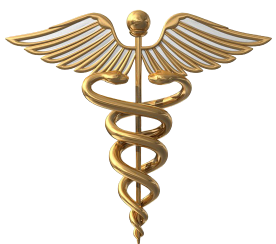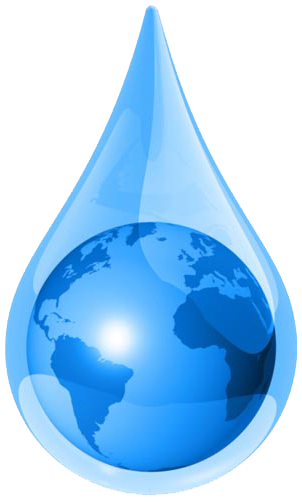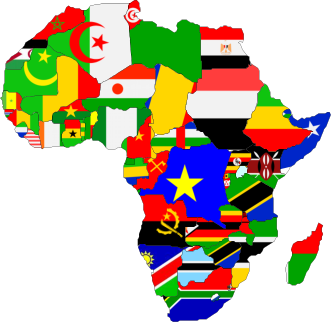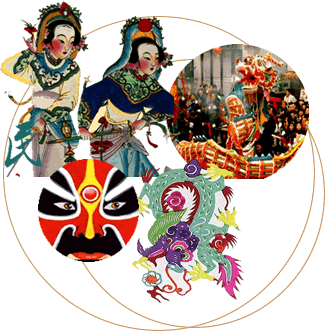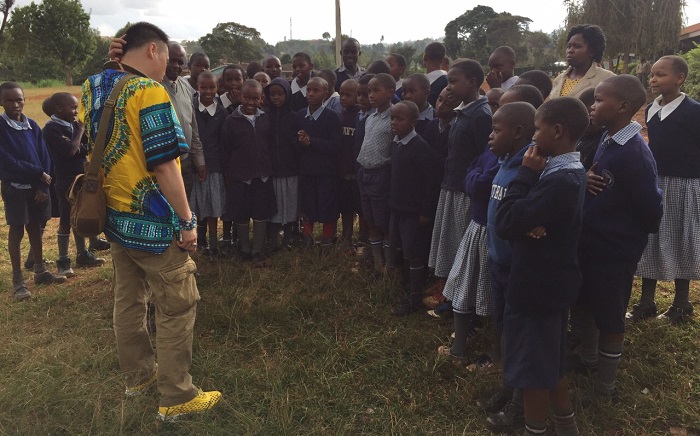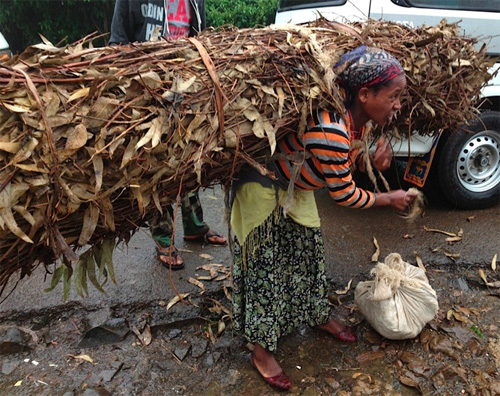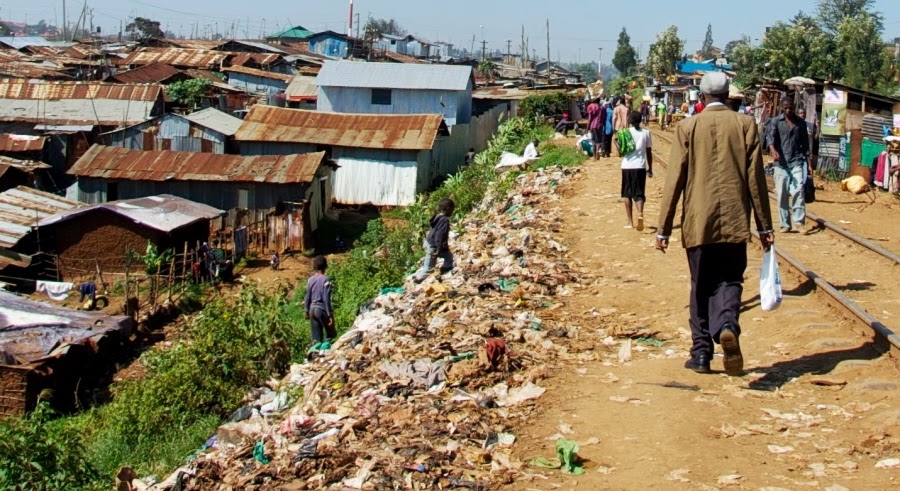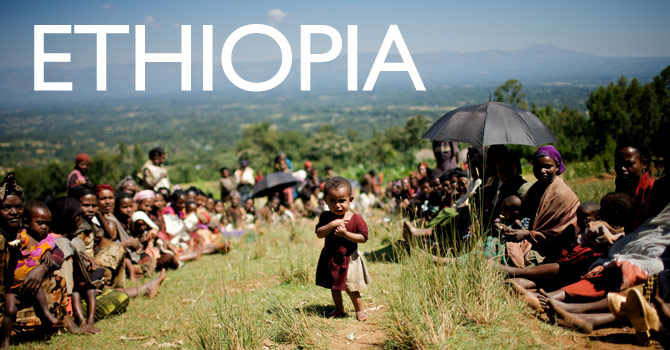|
|
|||||||||||||||||||||||||||||||||||
|
|
|||||||||||||||||||||||||||||||||||
|
|
|||||||||||||||||||||||||||||||||||
|
|||||||||||||||||||||||||||||||||||
 |
 |
 |
 |
 |
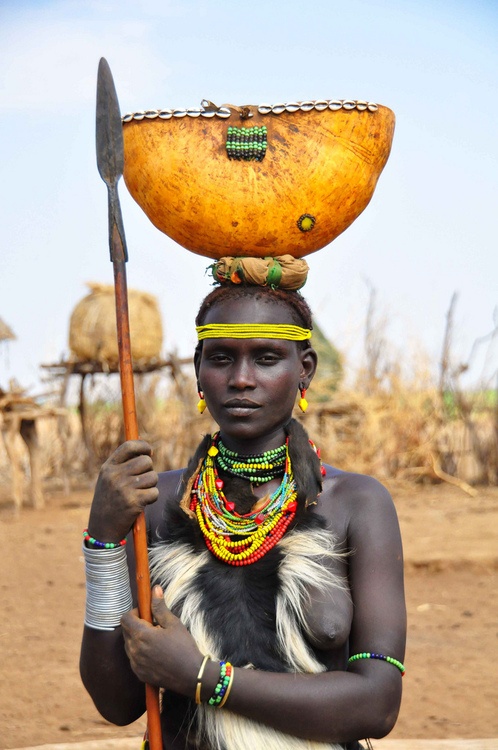 |
|
Ethiopia has high infant and maternal mortality rate. Only a minority of Ethiopians are born in hospitals; most of them are born in rural households. Those who are expected to give birth at home have elderly women serve as midwives assist with the delivery (Kater, 2000) The increase in infant and maternal mortality rate is believed to be due to lack of women's involvement in household decision-making, immunization and social capital.
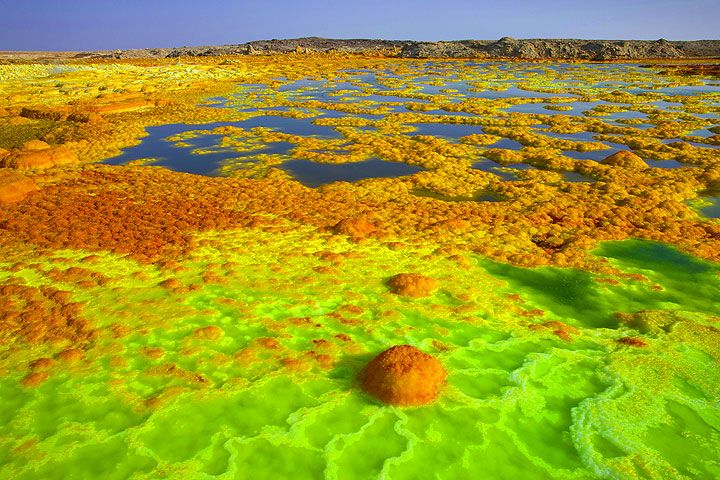
Dallol volcano in the Danakil desert, Ethiopia

![]() DEFORESTATION
DEFORESTATION
Deforestation is a major concern for Ethiopia as studies suggest loss of forest contributes to soil erosion, loss of nutrients in the soil, loss of animal habitats and reduction in biodiversity. At the beginning of the 20th century around 420 000 km² or 35% of Ethiopia's land was covered by trees but recent research indicates that forest cover is now approximately 11.9% of the area. Ethiopia is one of the seven fundamental and independent centers of origin of cultivated plants of the world.
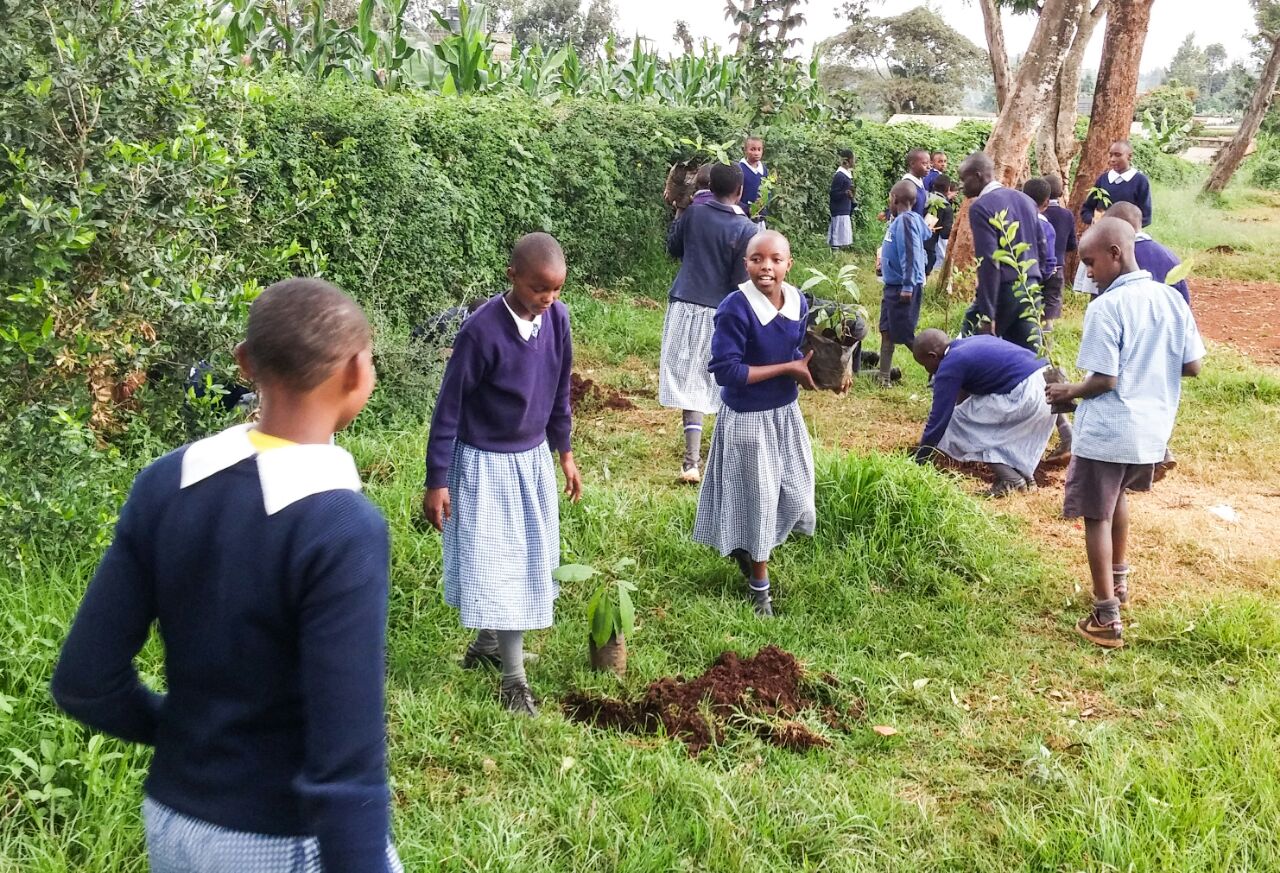
![]() Ethiopia loses an estimated 1 410 km² of
natural forests each year. Between 1990 and 2005 the country lost
approximately 21 000 km².
Ethiopia loses an estimated 1 410 km² of
natural forests each year. Between 1990 and 2005 the country lost
approximately 21 000 km².
Current government programs to control deforestation consist of education, promoting reforestation programs and providing alternate raw material to timber. In rural areas the government also provides non-timber fuel sources and access to non-forested land to promote agriculture without destroying forest habitat.
![]() TRADITIONAL FOOD
TRADITIONAL FOOD
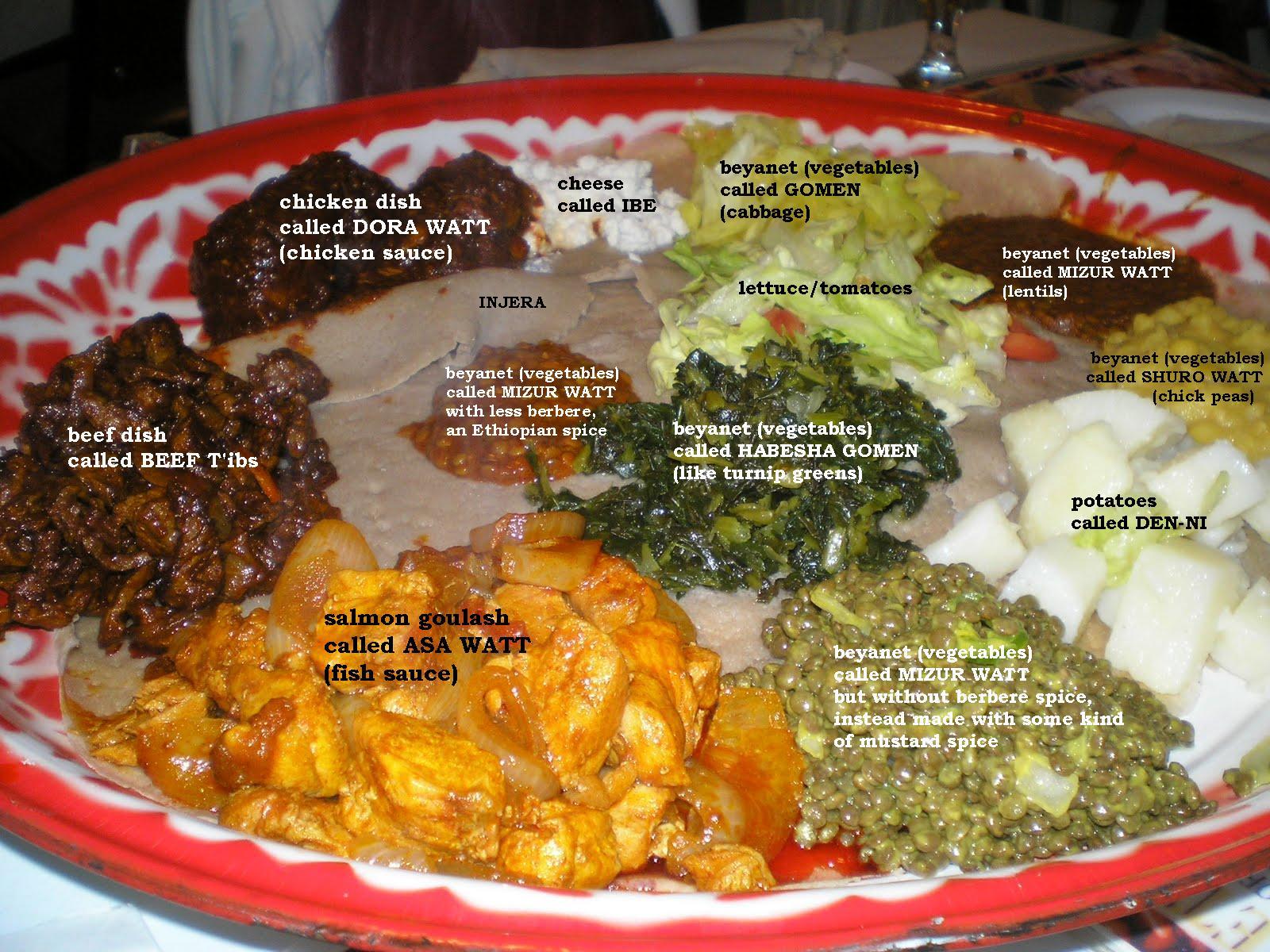
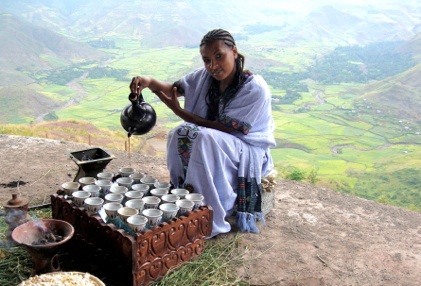 |
|
![]() Mission of
the trip:
Mission of
the trip:
- Donate food to the poorest of the poor through local organizations
- Plant the Planet Ethiopia
- Assessment to the local NGOs and needy people in the slum Kechene
Min. Fund-Raising Amount HK$6,800/volunteer (excluding travelling & personal expenses)
 |
 |
 |
 |
 |
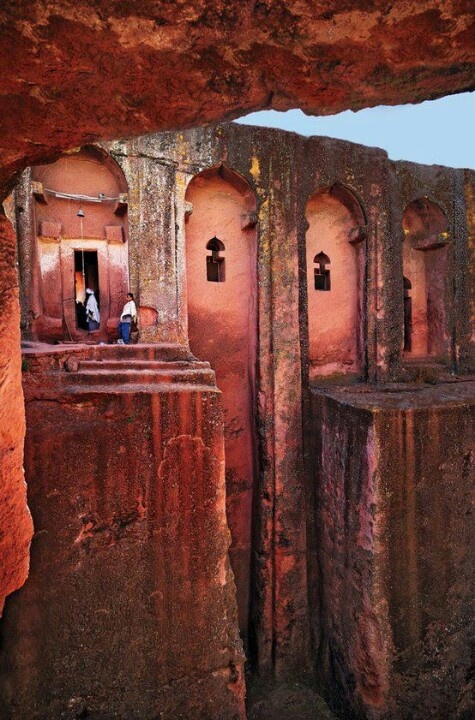 |
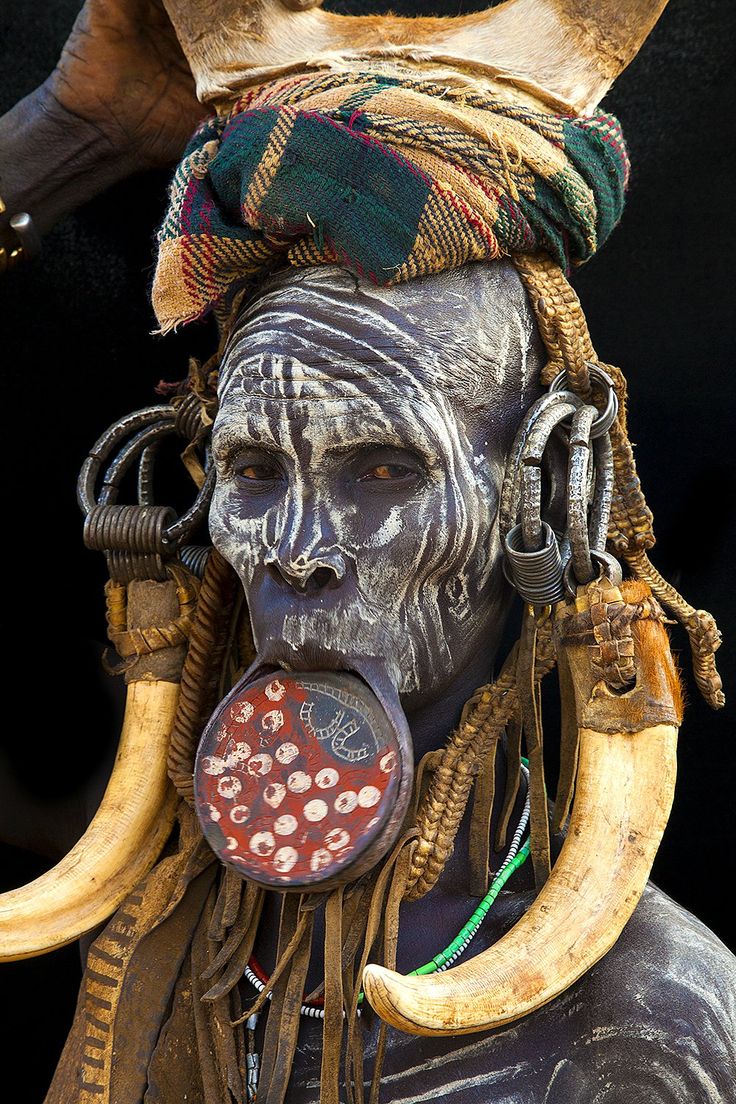 |
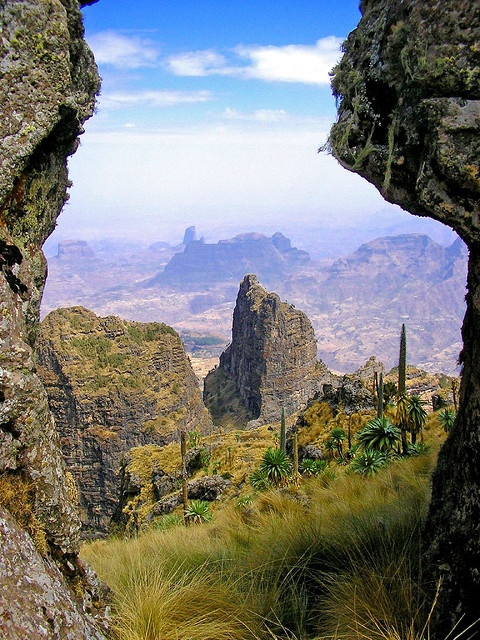 |
![]() 埃塞俄比亞聯邦民主共和國,通稱埃塞俄比亞,是一個位於非洲東北的國家,前稱埃塞俄比亞人民民主共和國。舊稱「阿比西尼亞」。
埃塞俄比亞聯邦民主共和國,通稱埃塞俄比亞,是一個位於非洲東北的國家,前稱埃塞俄比亞人民民主共和國。舊稱「阿比西尼亞」。
| 和一般非洲國家不同,埃塞俄比亞在第二次意大利埃塞俄比亞戰爭被意大利侵佔(1936-1941年)之前,一直維持其古老的君主制,並未有受到殖民主義浪潮的吞噬。1974年,一次軍事流血政變將1930年代以來一直統治埃塞俄比亞的皇帝海爾·塞拉西一世(Haile Selassie I)推翻以後,埃塞俄比亞廢除君主制實行社會主義,直至1991年才結束和放棄社會主義政治制度。非洲聯盟(非盟)總部位於該國首都亞的斯亞貝巴。 |
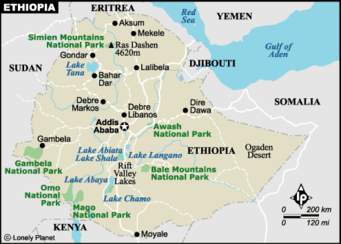 |
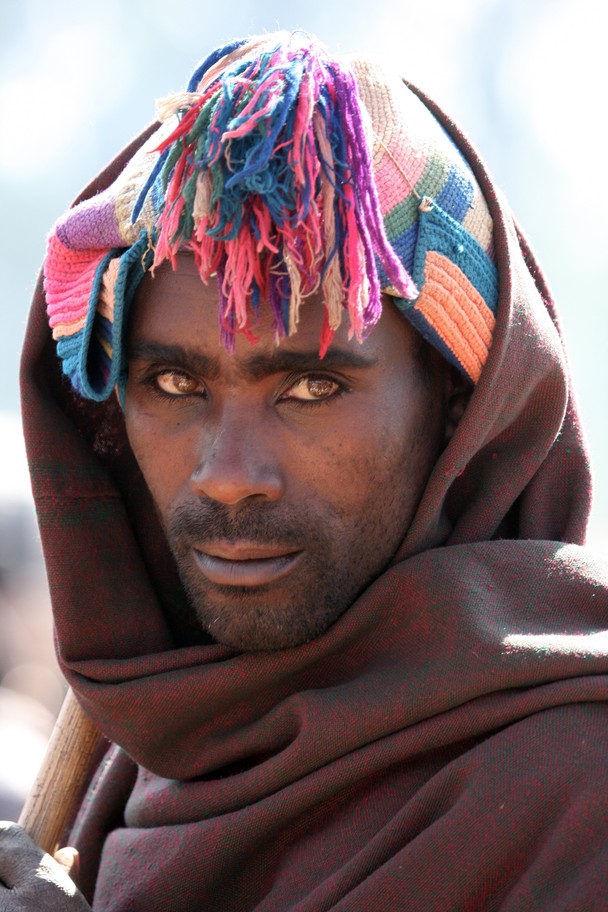 |
埃塞俄比亞的人口有8432萬,相較於1983年僅3350萬,根據2007年的人口及住房普查顯示1994年至2007年間年均人口成長率為2.6%,較1983年至1994年間的2.8%略為下降,但人口成長率仍居於世界前十位。全國約有80多個民族,所使用的語言大多數屬亞非語系,主要為閃米特語族及庫希特語族分支,後者則包括了奧羅莫人、阿姆哈拉人、提格雷族及索馬利亞族,這四個民族即佔埃塞俄比亞四分之三以上的人口。 根據2007年埃塞俄比亞人口普查,奧羅莫人為最大民族,佔34.49%,阿姆哈拉人佔26.89%,索馬利亞族及提格雷族分別佔6.2%及6.07%,其他民族分別為錫達莫族4.01%、古拉格族2.53%、沃萊塔族2.31%、哈迪耶族1.74%和阿法爾族1.73%、加莫族1.5%、Kefficho族1.18%和其他佔11%。 |
語言[編輯]
阿姆哈拉語為聯邦工作語言,通用英語,主要民族語言有奧羅莫語、提格雷語。根據民族語統計,埃塞俄比亞境內共有90個獨立語言。
宗教[編輯]
埃塞俄比亞是一個具有悠久和豐富的基督教傳統的國家,早期基督教從公元1世紀開始就已經在埃塞俄比亞北部和中部傳播了。現在全國人口中62.8%信仰基督教(其中全國人口的43.5%信奉埃塞俄比亞正教,18.6%信奉基督新教,0.7%信奉天主教)。埃塞俄比亞也是伊斯蘭教最早傳播到的國家之一,33.9%信仰伊斯蘭教。2.6%信仰原始宗教,0.6%信仰其他宗教。歷史上埃塞俄比亞境內一直有大量猶太人,他們自稱貝塔以色列人,但現在他們大都移居至以色列。
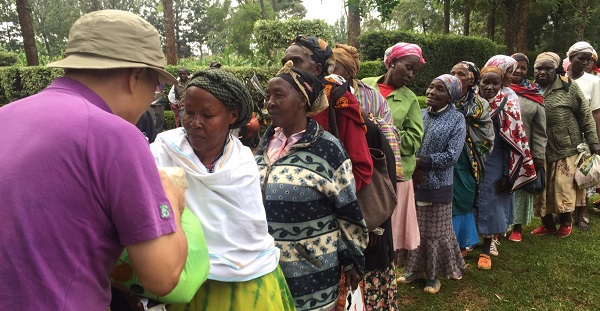
![]() FACTS about Ethiopia
FACTS about Ethiopia
![]()
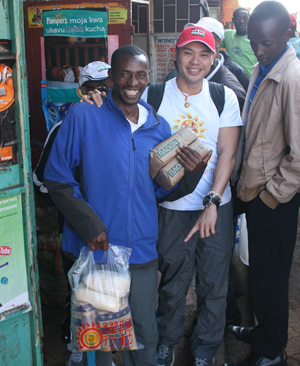 |
|
- The area of Ethiopia is 1,104,300 sq. km, which makes it approximately as big as France and Spain combined.
- The capital of Ethiopia is Addis Ababa, which means "new flower" in Amharic. The altitude is 2,355m (7,726 ft), making it the 3rd highest capital city in the world. It is also the diplomatic capital of Africa.
- More than 70% of Africa's mountains are found in Ethiopia. Probably due to the high altitude in the country, Ethiopians are famous for being great long distance runners.
- Lake Tana is the source of the Blue Nile River, which meets the White Nile River in Sudan to form the Great Nile River. Lake Tana supplies 85% of the water to the Great Nile River.
- The Danakil Depression is home to one of the lowest points on the African continent - Dallol, at 116m below sea level - and one of the only lava lakes in the world - at Erta Ale volcano.
-
The Great Rift Valley, the most significant physical detail on the planet that is visible from space, cuts through Ethiopia from the northeast to the south of the country
 |
 |
 |
 |
 |

The Faith & Commitment.不離不棄不捨的誓言 to serve the poorest, the unwanted, the sick, the hungry, the wounded, the unloved, the thirsty, the homeless...
Sunshine Action Ltd is only based in Hong Kong & This is the only official Website.
![]()








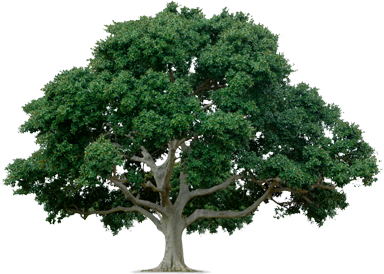
.png)




